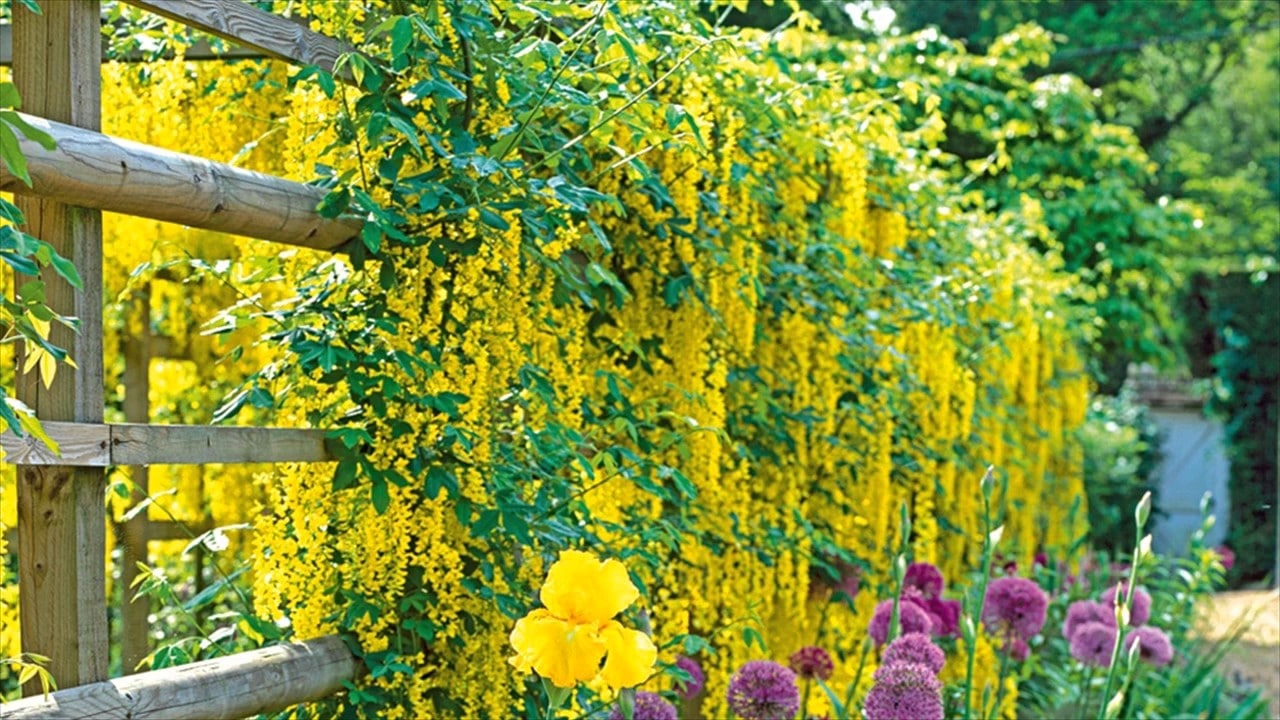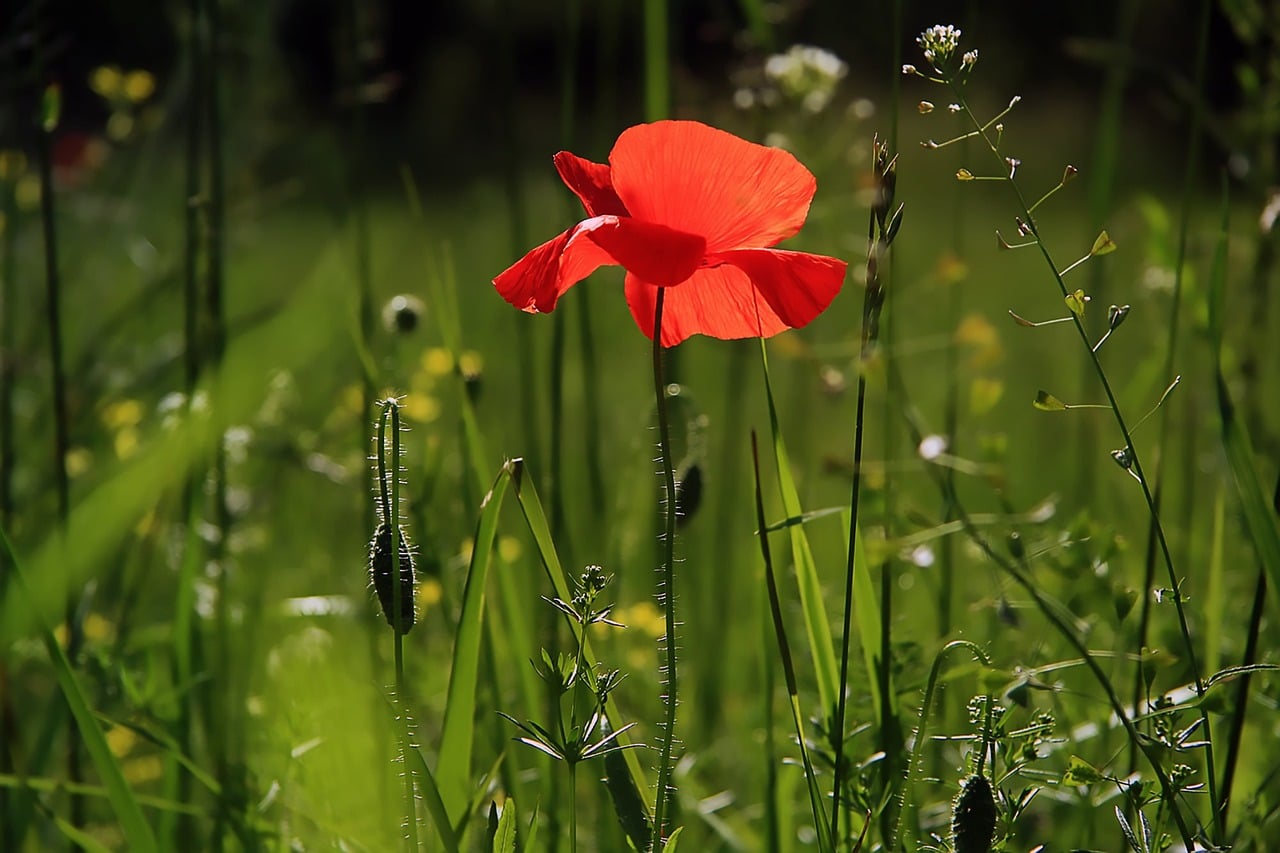The easiest way to explain a vine is to use a grapevine as an example. But from a more general perspective we can describe it as any plant with the growth habit of climbing, trailing stem, or better still lianas and runners.
The word vine can also be used to refer to such stems or even runners themselves. In the United kingdom and some other parts of Europe, the word vine is only used to refer to the grapevine and nothing else. While the term climber is reserved for all plants that display the climbing character.
There are certain plants that grow as vines naturally while there are others that only grow as vines just at a certain stage of their growth or in certain cases. For example bittersweet and poison ivy will grow to become low shrubs in the absence of any form of support. But once support is provided they start to grow like vines.
Vines display a growth form that is based on long stems. There are two reasons for this. A vine may use other plants, rock exposure, and other forms of support for growth rather than putting it’s energy into growing supportive tissue.
This enables the vine plant to reach sunlight without having to invest much energy in trying to reach sunlight.
This growth form has been a very helpful one for plants such as the Japanese honeysuckle and the kudzu both have which have become invasive exotics in some parts of North America.
There are a couple of tropical vines that develop something called skototropism and begin to grow away from sunlight which is a negative form of phototropism.
Growing away from sunlight lets a vine grow towards a tree trunk which it will be able to climb and reach for brighter regions.
The vine growth form is one that may also allow plants to quickly colonise large areas. This is case with the ground ivy and the periwinkle plant.
The vine growth is also an adaptation to life to places where little patches of fertile soil is just adjacent to expose areas with little or no soil and direct sunlight.
Vines can root in the ground while having most of its leaves in the brighter and exposed areas which allows it enjoy the best of both environments.
The evolution of a crawling or climbing habit has been seen as a key innovation that is associated with diversification and evolutionary success of a couple of taxonomical group of plants.
This pattern of growth has evolved independently amongst amongst several plant families, with the use of several climbing methods such as:
- ( morning glories, the Ipomoea species) climbs by twining their stems around a support.
- ( Ivi, the Hedera species) climbs by way of an adventitious clinging roots.
- (The clematis species) climbs with Twining petioles
- The Bignoniaceae, Vitaceae, Passiflora climbs using tendrils while may be specialised shoots, leaves, or even inflorescences.
- (Parthenocissus) climb using tendrils which may also produce adhesive pads at their end that helps them to attach strongly to whatever support they use.
- ( climbing rose and Artabotrys hexapetalus) climb by using thorns or other hook structures like hooked branches.
Pieris phillyreifolia, popularly known as the climbing fetterbush is a woody shrub vine that climbs without tendrils, clinging roots, and or thorns.
What this plant does is to direct its stem to direct its stem into the crevice in the barks of trees like as bald cypress that are fibrous, and then the stem takes on a flattened profile and grows up its host tree underneath the tree’s outer back.
The interesting part of The fetterbush’s story is that it later sends out branches that will emerge near the very top of the host tree.
Have you planted a flowery vine in your garden? we would like to hear about its growth and how you have managed to care for it. Please leave your opinion in the comment section.










